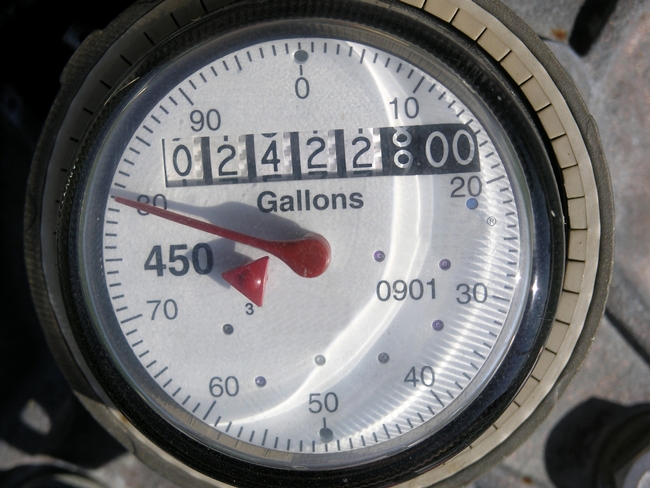Water is essential for nurturing vibrant gardens and landscapes. By leveraging water meters, we can effectively monitor water usage, detect leaks, and optimize irrigation practices, ensuring every drop contributes to the sustainability and vitality of our gardens.
Understanding how to read a water meter is invaluable. It allows users to gauge water usage over time, detect leaks, and facilitates utility billing based on actual water consumption. Knowing how to read a water meter is great for tracking your yard's usage and spotting leaks.
How to Read a Water Meter
Most water meters are situated outside near the curb in a concrete box, marked with "water." Use a meter key or large screwdriver to remove the lid. Always check for spiders or other critters before reaching inside.
Understanding the Display
There are three types of water meters: straight-reading meters, digital-reading meters, and round-reading meters. Each type operates differently, displaying and indicating water usage differently.
-
Straight-Reading Meters: Have black numbers on a white background. Usually, for residential meters, one sweep of the face equals 10 gallons or 1 cubic foot of water. The black numbers with a white background reflect the current meter read either in 1,000 gallons or CCF (1 CCF=100 Cubic Feet).
-
Digital-Reading Meters: Display a flashing indicator when water flows. The display might alternate between the meter reading and the flow rate.
-
Round-Reading Meters: These are less common and feature several separate dials. Read each dial from left to right, noting the value indicated by each.
Calculating Usage
Take a reading and run your irrigation. After you're done, subtract the previous reading from the current one to determine the water usage within that specific period. For instance, if the previous reading was 3,000 gallons and the current reading is 3,500 gallons, the usage is 500 gallons.
Basic Leak Detection Using a Water Meter
Some meters have flow indicators, like a small triangle, star, or gear that moves when water flows through it. This can be useful in detecting leaks. Ensure no water is being used on the property: turn off faucets, fixtures, automatic appliances like ice machines, don't flush toilets, and turn off the irrigation system. Look at the low-flow indicator on the meter. Any movement might indicate a leak.
If your meter doesn't have a flow indicator, mark the position of the hand or record the numbers on the meter. Wait for a while, such as 30 minutes, without using any water. After that, recheck your meter. Any change in position or numbers indicates a potential leak.
Subtract the initial reading from the final reading taken after the waiting period to calculate the leak rate (gallons or cubic feet per minute).
Understanding how to accurately read a water meter and perform basic leak detection will make it easier to manage your water consumption efficiently and identify potential issues for timely repairs.
